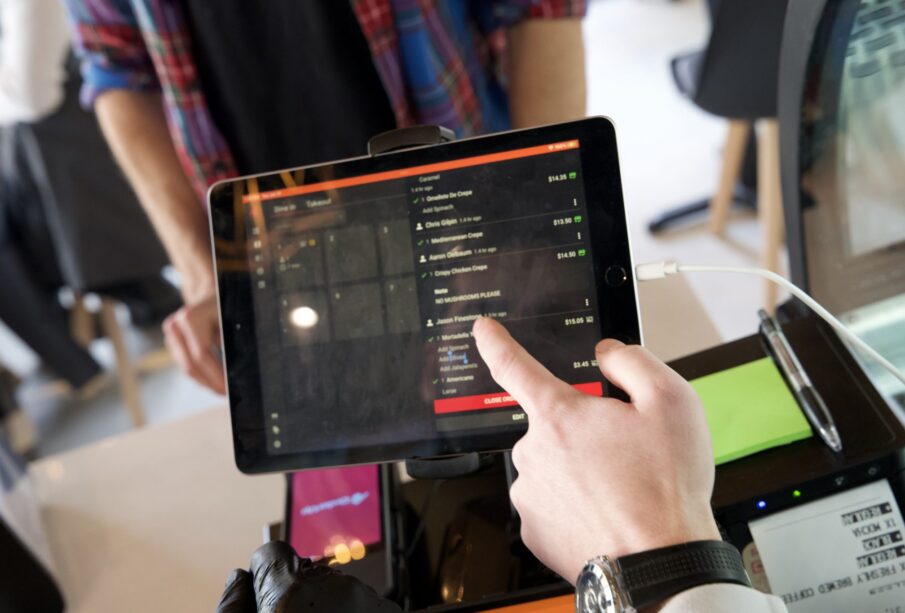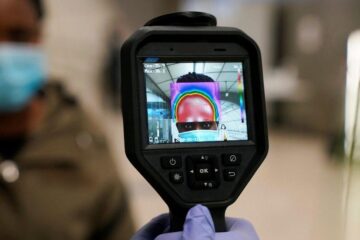Streamlining the Ordering Process with POS Systems

Efficiency is the backbone of any successful restaurant, and a significant part of that efficiency is streamlined order processing. Restaurant OS systems have revolutionised the way orders are taken and transmitted in the food service industry, making it faster, more accurate, and ultimately enhancing the overall dining experience for both customers and restaurant staff.
1. Faster Order Entry:
Traditional paper-based order taking methods are prone to errors and can slow down the ordering process. POS systems allow servers to input orders directly into a digital interface, significantly reducing order entry time. This means that customers spend less time waiting for their food to be prepared and served.
2. Customization Made Easy:
POS systems are designed to accommodate special requests and customization effortlessly. Whether a customer wants their burger with extra pickles or their salad without croutons, the system ensures that the kitchen staff receives the order exactly as the customer desires.
3. Clear Communication:
One of the most significant advantages of POS systems is the clear and instantaneous communication they provide between the front-of-house and kitchen staff. When a server inputs an order, it is sent directly to the kitchen printers or display screens, eliminating the need for verbal communication and reducing the chances of misinterpretation or forgotten orders.
4. Split Checks and Combined Bills:
Handling payments and splitting checks among groups can be a cumbersome process. POS systems can automatically split bills by the number of diners or items ordered, making it easier for both the waitstaff and customers. It’s a simple task that would otherwise require complex calculations.
5. Mobile Ordering and Tableside Service:
Many modern POS systems offer mobile ordering capabilities. Servers equipped with tablets or smartphones can take orders directly at the table, transmitting them directly to the kitchen. This enhances the customer experience by reducing wait times and allowing for more personalized service.
6. Inventory Management Integration:
Some POS systems integrate with inventory management, ensuring that servers are aware of item availability in real-time. If an ingredient is out of stock, the system can automatically inform servers, reducing customer disappointment and the need to return to the table for substitutions.
7. Enhanced Reporting and Analytics:
POS systems collect valuable data on order patterns, peak dining times, and menu item performance. This data can be used to make informed decisions about menu adjustments and pricing strategies.
In conclusion, POS systems have revolutionized the restaurant industry by significantly streamlining the ordering process. From faster order entry to improved communication and customization, these systems enhance efficiency, accuracy, and the overall dining experience. Embracing technology in the form of POS systems is not just about modernizing your restaurant; it’s about providing better service and staying competitive in a fast-paced industry.















